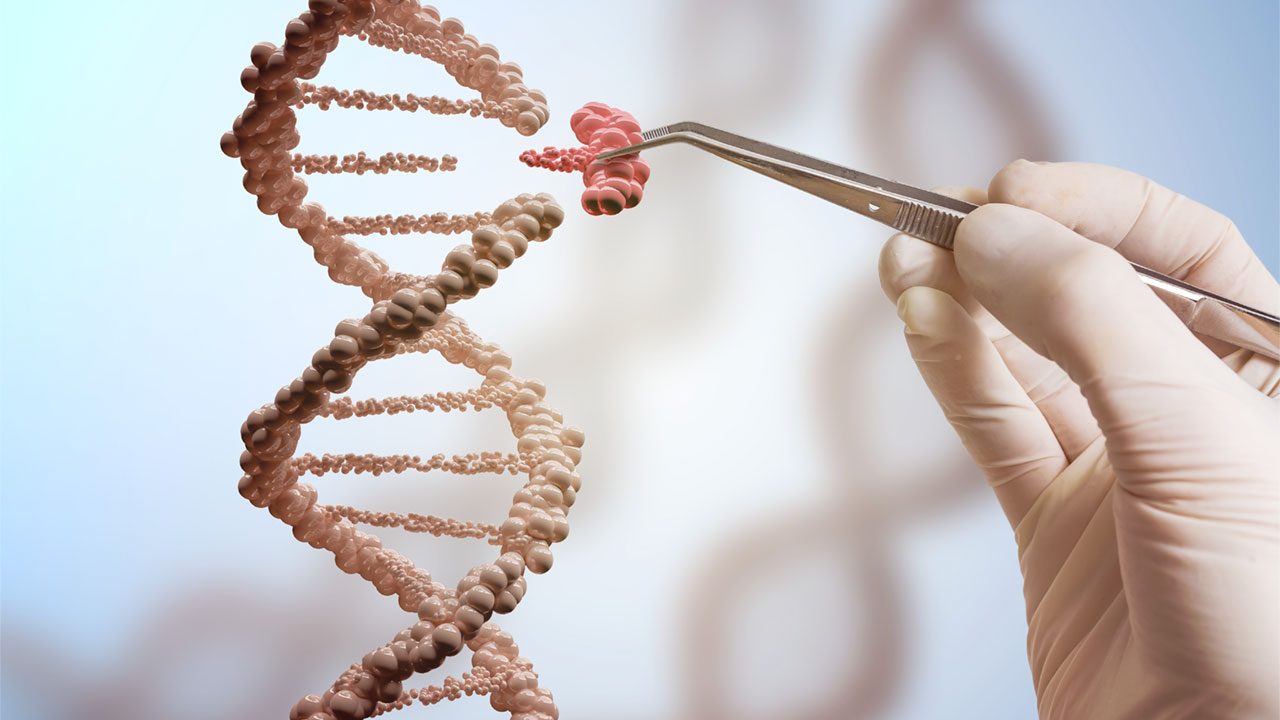Introduction
In the realm of genetic research and biotechnology, CRISPR-Cas9 has emerged as a revolutionary tool, unlocking the potential to edit genes with unprecedented precision. This article explores the science behind CRISPR gene editing, delving into its mechanism, applications, and the transformative impact it has on the field of genetics.
Understanding CRISPR-Cas9
CRISPR: A Natural Defense Mechanism
CRISPR, which stands for Clustered Regularly Interspaced Short Palindromic Repeats, is a natural defense mechanism found in bacteria. Bacteria use CRISPR-derived RNA and various Cas proteins, including Cas9, to fend off attacks by viruses and other foreign bodies.
The Cas9 Protein
At the heart of CRISPR gene editing is the Cas9 protein. Cas9 acts as a pair of “molecular scissors,” capable of precisely cutting DNA at specific locations. This ability to target and cleave DNA forms the basis of CRISPR’s gene-editing prowess.
Guide RNA (gRNA)
To direct Cas9 to the correct location in the genome, a small piece of RNA called guide RNA (gRNA) is designed. This gRNA is engineered to match the DNA sequence of the target gene. When combined with Cas9, it forms a powerful molecular complex capable of locating and editing the target DNA.
The CRISPR Gene Editing Process
Target Identification
In the first step of CRISPR gene editing, researchers design a synthetic gRNA that matches the specific DNA sequence they want to modify. This sequence is often associated with a particular gene whose function they aim to alter.
Cas9 Binding and Cleavage
The engineered gRNA is then combined with the Cas9 protein. This complex is introduced into the target cells, where it seeks out the matching DNA sequence. Once the target gene is located, Cas9 acts as molecular scissors, creating a break in the DNA at the precise location dictated by the gRNA.
Cellular Repair Mechanism
The cell’s natural repair mechanisms come into play after the DNA is cut. Cells have two primary methods of repairing DNA breaks: Non-Homologous End Joining (NHEJ) and Homology-Directed Repair (HDR). NHEJ often introduces small insertions or deletions, leading to gene knockout, while HDR can be utilized to introduce specific changes or “edits” to the DNA.
Read More:
Applications of CRISPR Gene Editing
Disease Treatment and Prevention
CRISPR gene editing holds tremendous potential for treating genetic disorders. By correcting or modifying malfunctioning genes, researchers aim to develop therapies for diseases like sickle cell anemia, muscular dystrophy, and cystic fibrosis.
Agricultural Advancements
In agriculture, CRISPR is employed to enhance crop traits, making them more resistant to pests, diseases, and environmental stress. This precision breeding offers a faster and more controlled way to develop crops with desirable characteristics.
Biomedical Research
CRISPR has become an invaluable tool in biomedical research, allowing scientists to study the function of specific genes by selectively modifying them. This aids in understanding the genetic basis of diseases and developing potential treatments.
Ethical Considerations
While the potential applications of CRISPR are vast, ethical considerations loom large. The ability to edit the human germline raises ethical questions about the permanence and inheritability of genetic changes. Ongoing discussions and stringent ethical guidelines aim to navigate these complex issues responsibly.
CRISPR Innovations and Future Prospects
CRISPR-Cas Technologies Beyond Cas9
The CRISPR field is continually evolving, with researchers exploring variations of the Cas protein beyond Cas9. Newer versions, such as Cas12 and Cas13, offer additional capabilities, including targeting RNA and single-stranded DNA, expanding the toolkit for genetic manipulation.
Prime Editing
Prime Editing represents a groundbreaking advancement in CRISPR technology. This method allows for precise editing of the genome without creating double-strand breaks, potentially reducing unintended genetic changes and expanding the range of possible edits.
Conclusion
The science of CRISPR gene editing has unlocked a new era in genetic research and biotechnology. Its precision, efficiency, and versatility make it a powerful tool with far-reaching implications for human health, agriculture, and scientific discovery. As researchers continue to refine and expand CRISPR technologies, the journey from understanding the natural defense mechanisms in bacteria to rewriting the code of life is reshaping the boundaries of what is possible in the realm of genetics.















